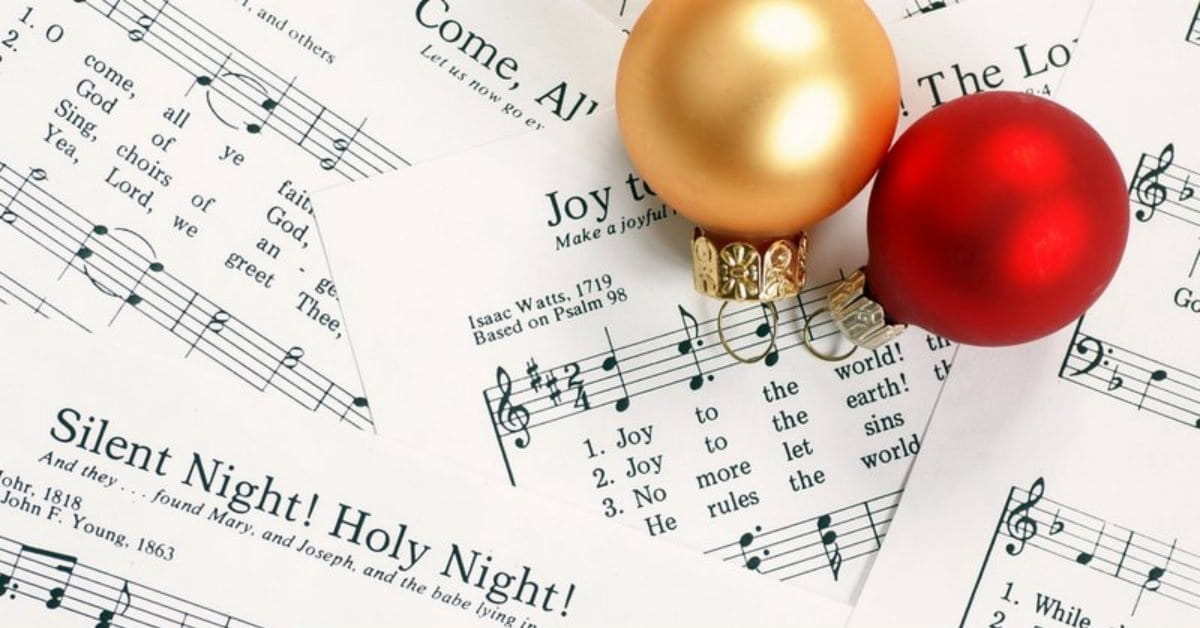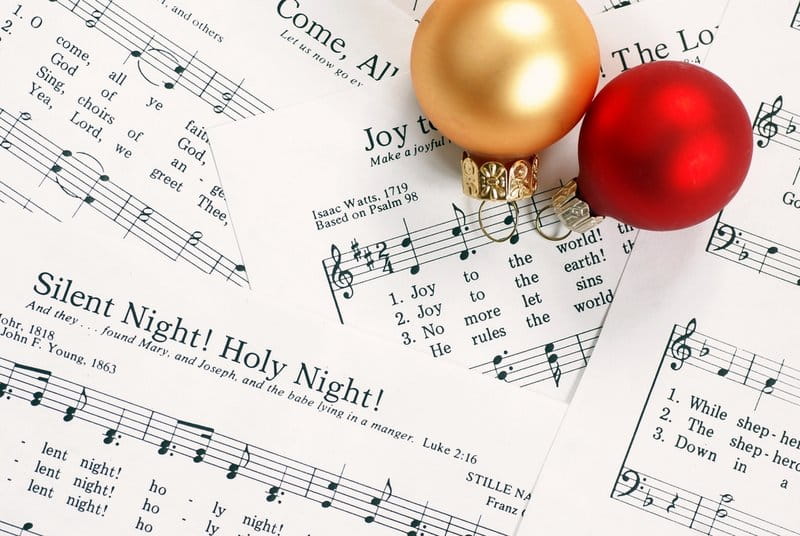

“Let’s go straight to Bethlehem.”
That’s what the shepherds said to each other, and that’s good advice as we begin this musical journey through Advent. Whenever you start a long trip, you need to prepare yourself. What better way to start than by singing one of our most beloved Christmas carols?
Here’s what we know about “O Come, All Ye Faithful.” It started as a Latin hymn hundreds of years ago. It was used in Catholic churches first, then later by Protestants. It has been translated into more than 100 languages. Though its origin is obscure, traces of the song go back to the 13th century. Various authors have been proposed, including Saint Bonaventure and the Portuguese King John IV. We can, however, say with certainty that in 1743, John Francis Wade produced a standard Latin translation called “Adeste Fidelis,”
The origin of the melody is likewise shrouded in mystery. Wade may have written it also, though we can’t be sure. The definitive English translation dates to 1841 when Frederick Oakley translated Wade’s four verses into English. Additional French verses were translated in 1885.
The first verse calls us to come to Bethlehem and worship:
O Come All Ye Faithful, joyful and triumphant, O come ye, O come ye to Bethlehem. Come and behold Him, born the King of Angels.
The second verse invites us to join the angels in singing praise to God:
Sing, choirs of angels, sing in exultation, Sing all ye citizens of heaven above Glory to God, all glory in the highest.
The third verse directly addresses the Lord Jesus Christ:
Yea, Lord, we greet Thee, born this happy morning; Jesus, to Thee be all glory given; Word of the Father, now in flesh appearing.
Then the refrain calls us to respond in adoration to the Lord:
O come, let us adore Him, O come, let us adore Him, O come, let us adore Him, Christ the Lord.
Older hymnals contain verses we rarely sing today. Here’s one chock full of good theology:
True God of true God, Light from Light Eternal, Lo, He shuns not the Virgin’s womb; Son of the Father, begotten, not created;
That verse teaches us Jesus was God incarnate even when he was in his mother’s womb. He is begotten, not created, because he eternally existed with his Father in heaven.
During this Advent journey, I will link to a YouTube version of each day’s song. I hope you’ll take time to listen and sing along. Let’s listen to a beautiful version of O Come All Ye Faithful by Celtic Woman.
Lord Jesus, as we begin this Advent journey, we pray to know you better and love you more each day. Amen.
No comments:
Post a Comment